Although Goodman air conditioners are very reliable, they may act up from time to time, requiring immediate attention. If you need to troubleshoot your Goodman AC, we've got you covered. We've researched this topic, and this is what you need to know:
These are the most common Goodman AC problems and ways you can solve them:
- AC not cooling
- Probe the thermostat
- Change the filters
- Clean the coils
- AC is noisy
- Inspect the fan
- Examine the compressor
- Clean the condensate drains
- The condenser fan is not running
- Check the contact switch
- Inspect the capacitor
Keep reading to learn more about the most common problems you may encounter with a Goodman AC and how you can solve them. We will also discuss if the Goodman AC has a reset button and offer a guide to reset your Goodman air conditioner.
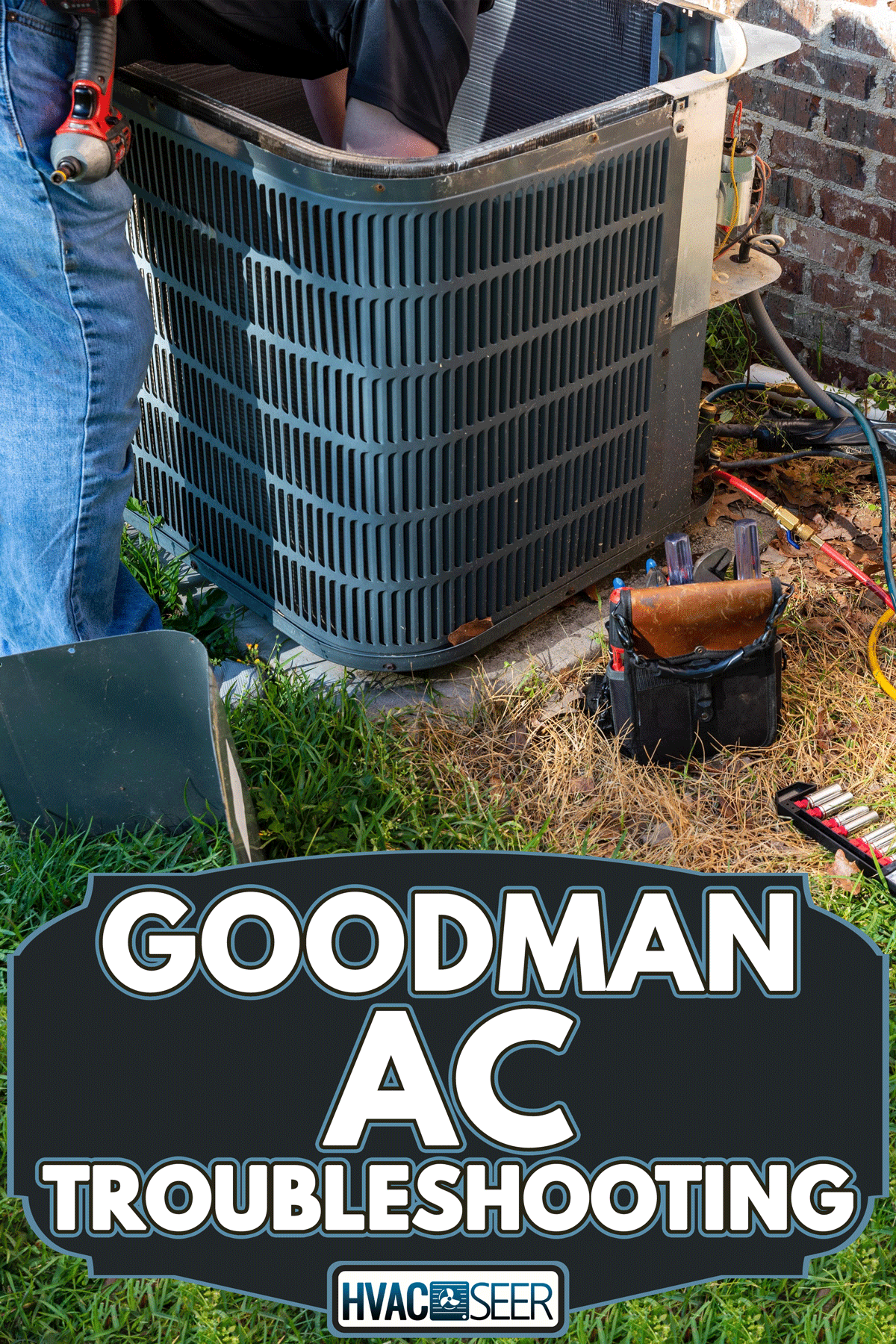
Troubleshooting a Goodman Air Conditioner
Knowing how to resolve common Goodman AC problems reduces your unit's downtime, ensuring that it serves you as and when you need it. In addition, you save money because you do not call an HVAC professional every time your appliance malfunctions.
Most Common Problems
Regular wear and tear and lack of proper maintenance are the biggest causes of the most common AC problems. We'll look at a few of the specific problems you may encounter below.
AC Not Cooling
Wrong Thermostat Settings
Just because your AC isn't cooling doesn't mean it needs maintenance. Always be sure to check the thermostat settings first.
Check that the air conditioner is turned on, set to cool, and set at a temperature lower than your home's. This may seem obvious, but sometimes the obvious solutions are the easiest to overlook.
Clogged Filters
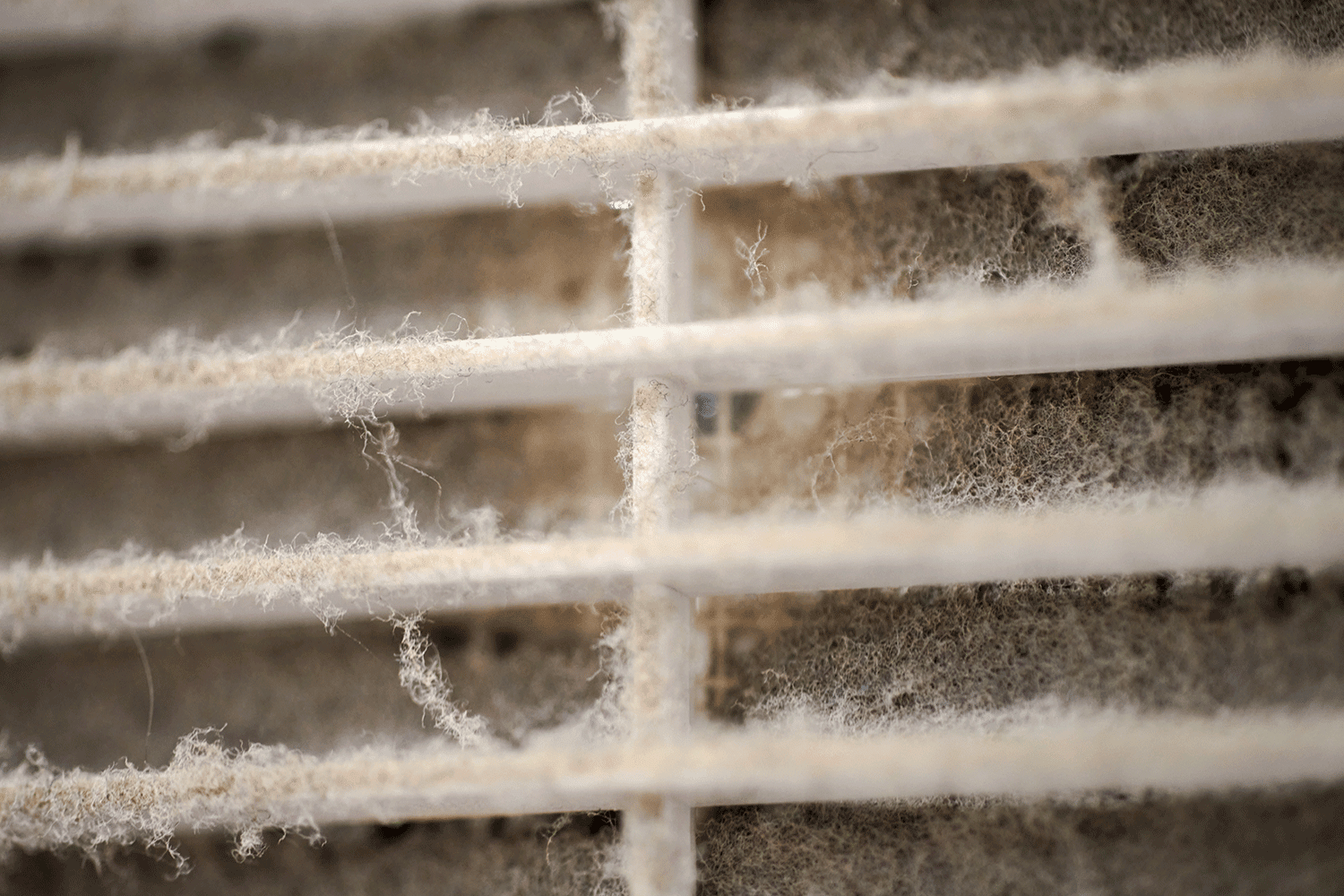
A dirty filter reduces your AC's ability to keep your home cool as it makes it difficult for the AC system to pull air through it.
In addition, air can bypass filters when they are dirty and deposit dirt on the AC internal components such as the coils, the fan, or even the ductwork. As a result, your cooling system may become inefficient.
Dirty Coils
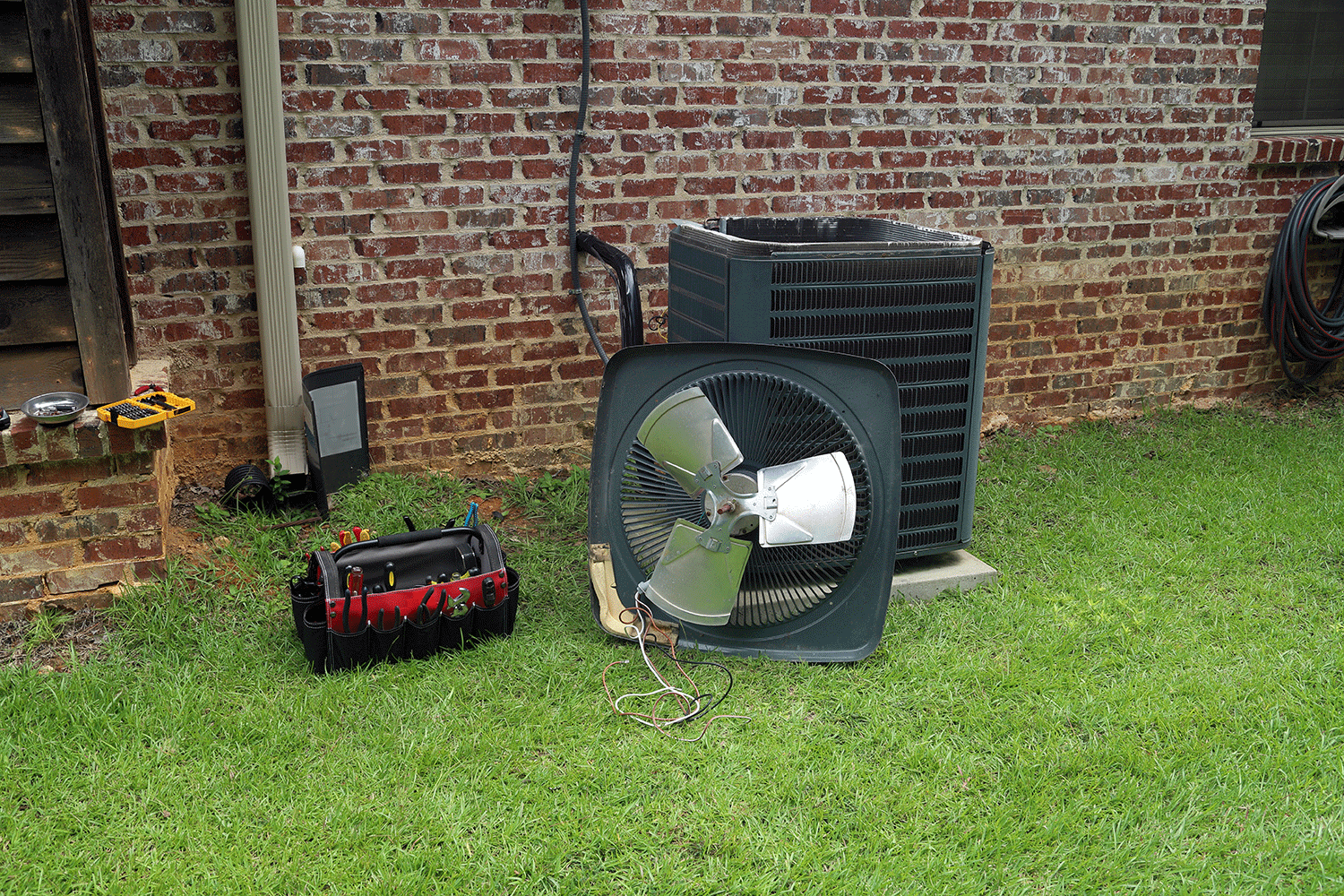
The condition of the evaporator and condenser coils is critical to your system's ability to cool your home. That's why the AC has air filters that block pollen, dust, and other debris and keep them from accumulating on the AC's internal components, such as the coils.
Even though the filters trap most contaminants, some tiny particles still find their way to the coils. If these particles build up, they reduce the coils' efficiency in absorbing heat and cooling your home.
AC is Noisy
Banging Noises
Wear and tear cause the parts inside the compressor to become loose. Consequently, you may hear a rattling noise as the components bang against the compressor's outer structure.
Screeching Sounds
A defective fan motor is the most common culprit if your AC makes screeching sounds. At other times, faulty bearings of the fan motor or a damaged fan belt may be at fault.
Buzzing Noises
Buzzing noises indicate unbalanced or loose fan blades. The fins in the AC fan may not be freely spinning if they are bent, thus making these noises.
Bubbling Sounds
Since your AC extracts humidity from indoor air, it needs to drain this moisture. When there is a crack, blockage, or hole in your system's drainage pipe, you may notice bubbling noises.
Condenser Fan Not Running
The capacitor powers your AC's fans. For this reason, the condenser fan may fail to run if the capacitor is defective. Issues such as overheating, long cycles, power surges, and wear may cause the capacitor to fail.
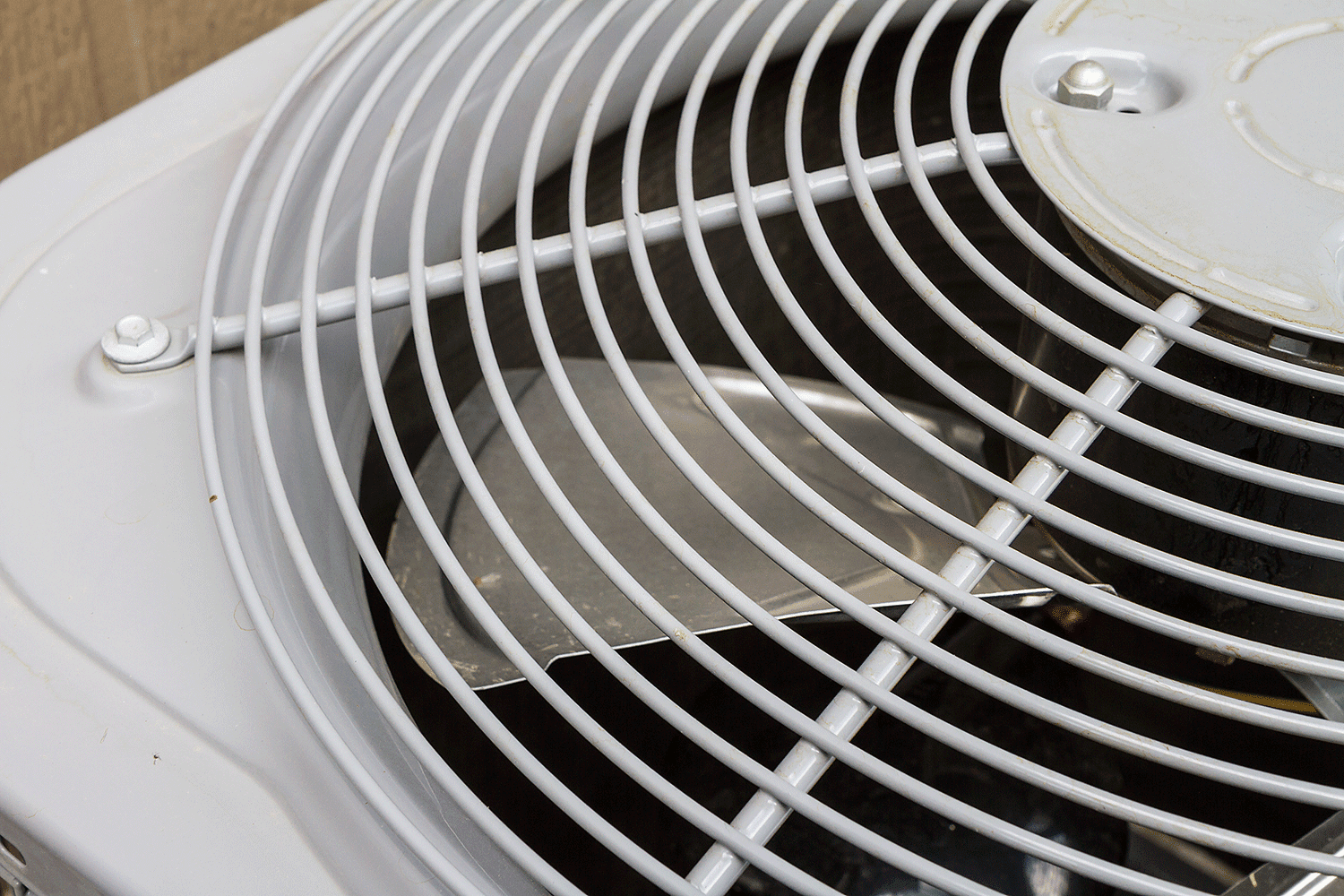
The condenser fan may also fail if the contactor switch is worn since it fails to provide voltage to the fan. At other times, a defective motor may disrupt the fan's power flow, making it not run.
How to Solve These Issues
Troubleshooting your appliance helps resolve minor problems that reduce the effectiveness of your AC. But significant issues are best left to certified experts who can accurately diagnose these issue and resolve it promptly.
Probe Thermostat Settings
Ensure that you set the AC to cool. In addition, set the thermostat to an appropriate target temperature below room temperature.
Regularly Change or Clean AC Filters
Regularly changing the filters keeps the AC's internal components clean. It also keeps the air in your home clean and reduces the AC's energy consumption. Using clean filters reduces the appliance's energy consumption by 5% to 15%.
Typically, you will need to clean or change the filters every 30 to 90 days during the cooling season. But you may need to customize this frequency based on factors such as the type and efficiency of the filter, how often you run the AC, the environment you live in, and whether you have pets.
Inspect the fan and The Fan Motor
Disconnect the AC from a power unit and try rotating the fan shaft. If it does not rotate freely, it may be defective, thus requiring immediate attention. Schedule an appointment with your local technician for repairs.
Be sure to read this article to learn more about this issue:
Goodman AC Fan Not Working – What To Do?
Clean the Condensate Drains
Unclog the condensate drains by scrubbing them with stiff bottle brushes. Cleaning these drains aids your AC in creating a comfortable living space by extracting humidity and eliminating moisture problems in your home.
Clean the coils
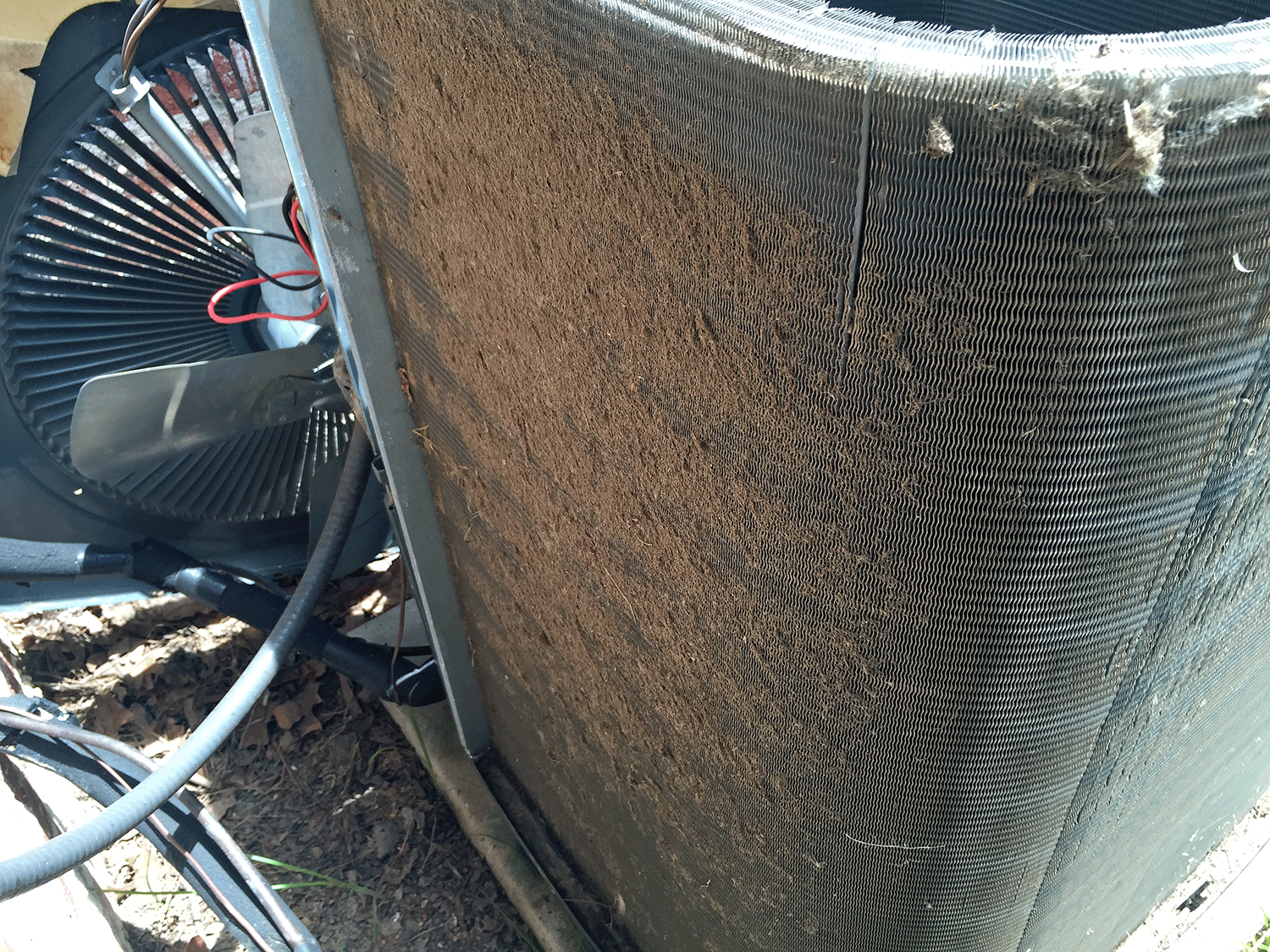
Because they are very delicate, the coils need to be handled with care to avoid causing irreparable damage. Therefore, it would be best to have an HVAC professional clean the evaporator and condenser coils.
However, you can clear the area around your outdoor unit to enhance air circulation around the condenser coils. In addition, maintaining a clean area around your outdoor unit reduces how fast dust gathers on your coils.
Talk to an Expert
Some noises are best addressed by a certified professional. It is wise to ask an expert to install new drainage to address bubbling noises as they would do it correctly and safely.
The expert can also perform a tune-up to address screeching and banging noises. However, the technician may advise you to replace your unit if the compressor is faulty since you cannot easily disassemble it.
If the fan is faulty, the HVAC professional can inspect the motor, the contact switch, or even the capacitor for defects and take the appropriate steps to rectify that. If the motor is irreparably damaged, the expert can fit a new one into your system. They can also replace the contact switch.
Annual Maintenance

Schedule for annual maintenance where your local HVAC technician does thorough service of your unit and fixes any minor problems. When the technician services your unit, they can pick out critical issues that would easily go unnoticed by an untrained eye.
The technician can inspect the coils for leaks during maintenance and seal them. If you need to recharge the refrigerant, this professional can do this safely without endangering their life. Accidentally inhaling refrigerant is dangerous to your health.
Do Goodman ACs Have a Reset Button?
A Goodman air conditioner has a reset button that aids you in re-booting its system when it malfunctions. Typically, this button is red and is clearly labeled "Reset Button."
You can find the button on the outdoor unit where the tubing links to the AC unit. Because it is a high-pressure switch, it trips when the AC overheats. It also protects your AC from damage that would result in the event of power surges.
If the unit does not come on after a power outage, you may need to use your AC's reset button. Pressing the button restarts your AC, restoring functionality in a short time.
How Do I Reset my Goodman AC?
Follow these simple steps to reset your AC.
- Locate your circuit breaker in your unit's electrical service panel.
- Set the circuit breaker to the "off" position and wait 20 seconds.
- Turn the circuit breaker back to the "on" position.
Frequent AC tripping could indicate more severe problems such as uncovered wires or loose connections inside your appliance that result in power spurts. Therefore, it is recommended that you schedule maintenance with an HVAC technician if your circuit breaker keeps tripping.
If your Goodman AC model lacks a reset button, you would need to boot your system manually to get it up and running. Contact your local service center for guidance. Where possible, ask the technician to reset your unit to avoid injuring yourself in case of electrical failure.
In Closing
When trouble arises, troubleshooting your Goodman AC is key to creating a cool and comfortable living space. While you can perform simple maintenance, such as changing the filters, others like cleaning the coils and recharging the refrigerants are best left to the professionals.
However, as with all things, air conditioners don't last forever. You will eventually need to replace your unit. Ensure that you talk to an HVAC expert before deciding that replacing your appliance would be more economical than repairing it.
To learn more about your Goodman appliances, check out this great article:

I have a goodman 1.5 ton split with the evap in attic. Old r-22 unit recently cleaned cond coils, a/c filter. After that pressures were: suct 72psi, discharge 225psi. And not cooling….why?
I’m going to check air handler and evap in attic next.